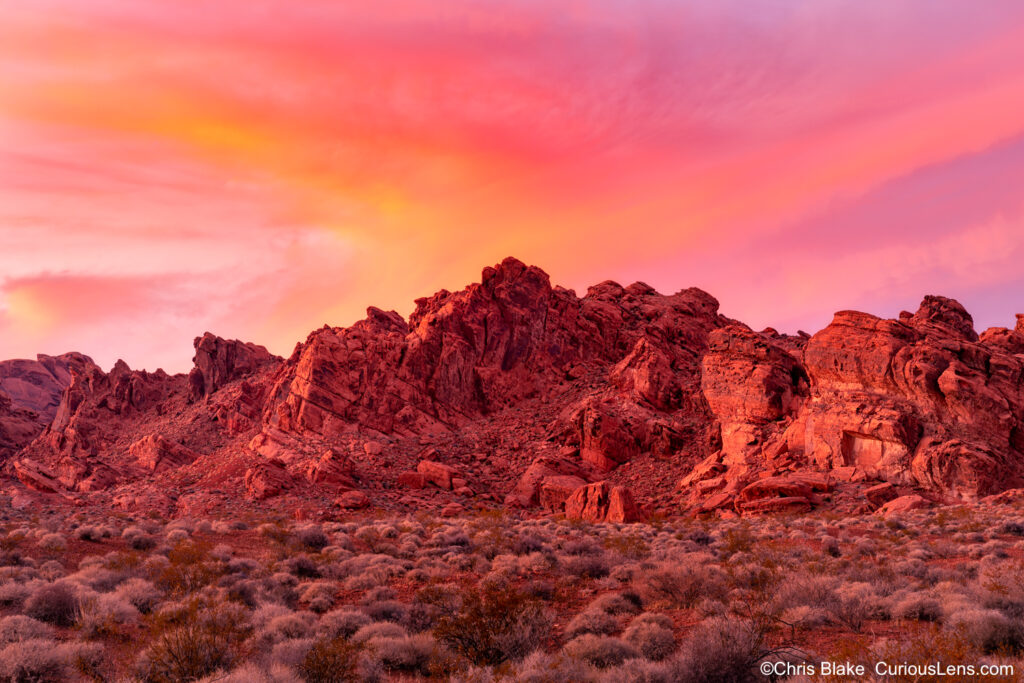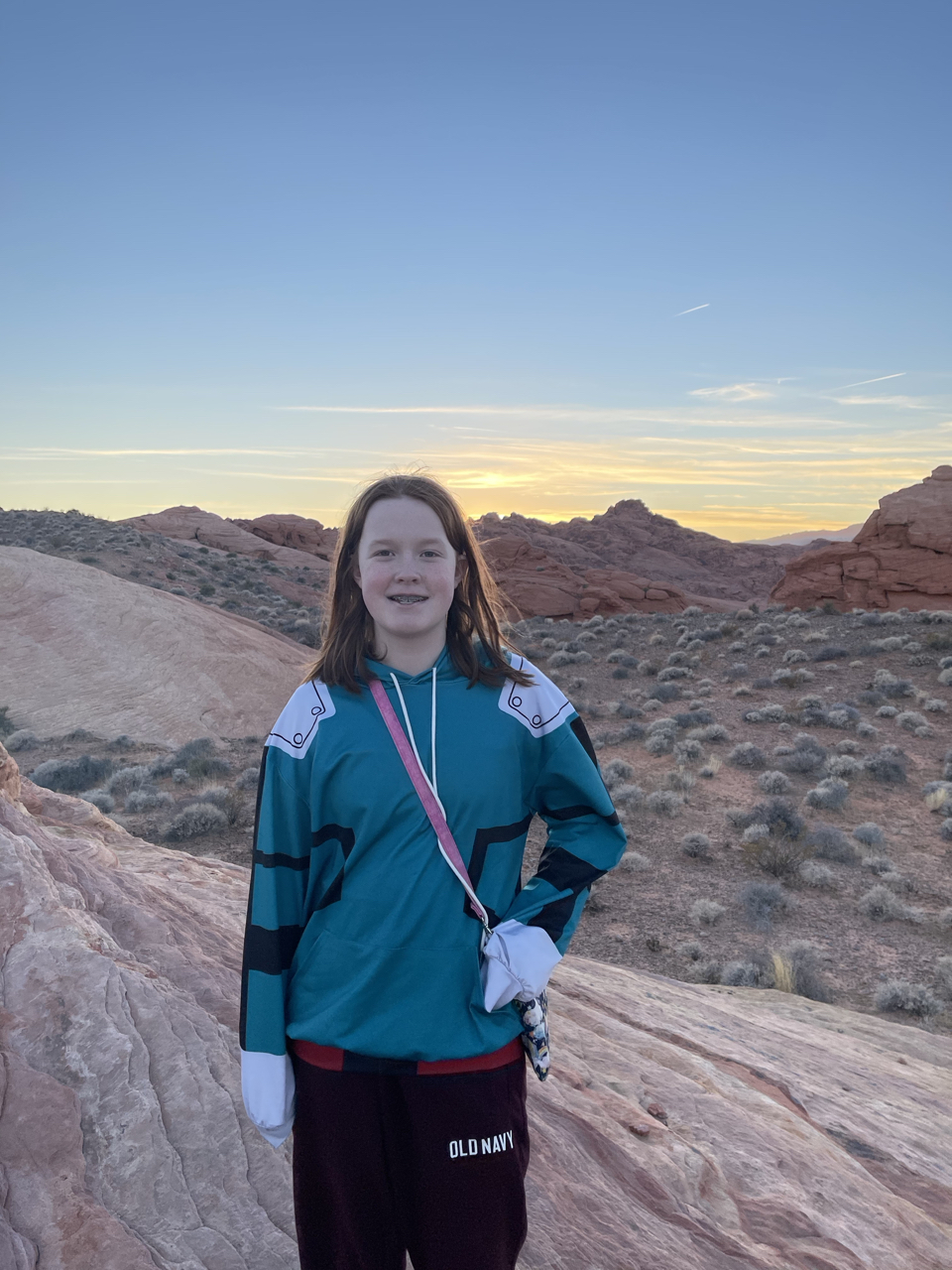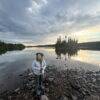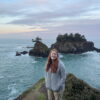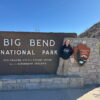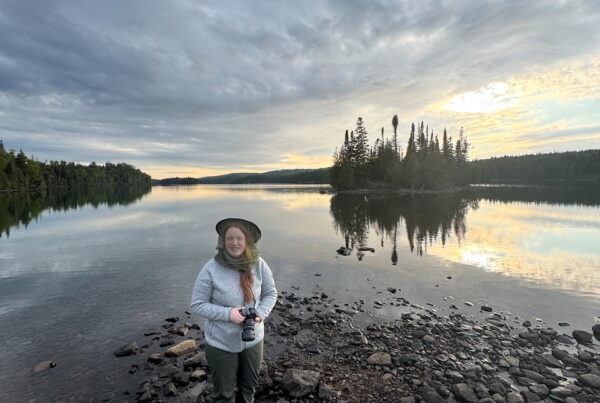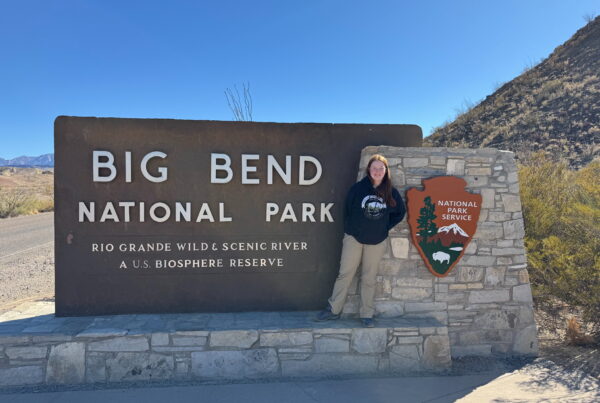After spending a night in Tucson, we embarked on our 2021 adventure by driving seven hours to the Valley of Fire. This journey, though lengthy and somewhat monotonous, was fueled by anticipation. I had been eager to visit this state park for over a year. A previous plan to visit last winter had fallen through, which only heightened my disappointment and excitement for this trip.
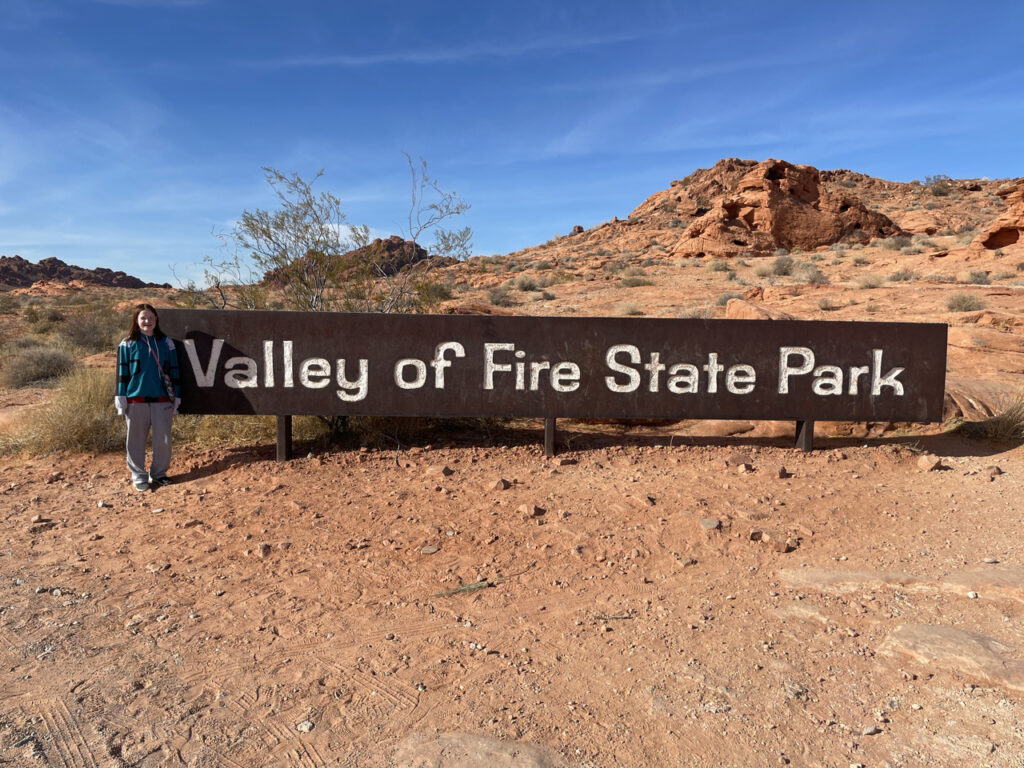
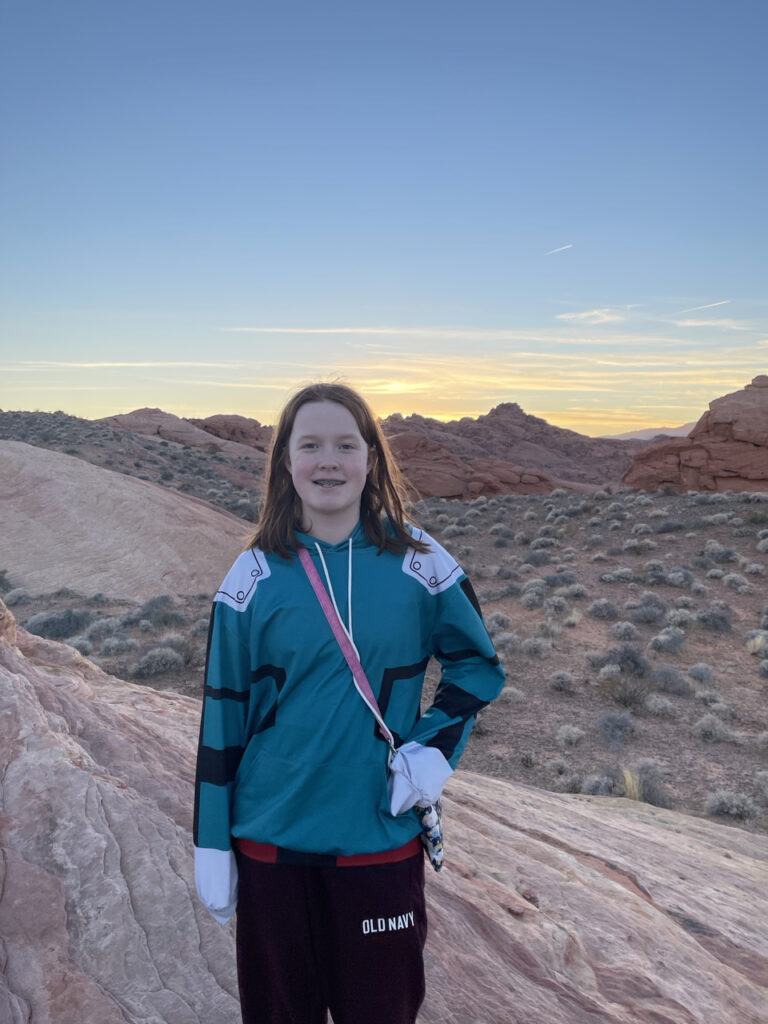
Located about 50 miles north of Las Vegas, near the shores of Lake Mead, the Valley of Fire is easily accessible, albeit somewhat isolated. Our route took us through the stunning Lake Mead National Recreation Area, a detour that showcased a breathtaking landscape, suggesting it as a promising destination for future explorations.
The Valley of Fire, Nevada’s oldest state park, spans an impressive 46,000 acres. Established in 1935 and developed by the Civilian Conservation Corps, the park is renowned for its vibrant Aztec sandstone outcrops set against the backdrop of gray and tan limestone mountains. These geological formations, originating from the Jurassic period, were sculpted from sand dunes over 150 million years ago, earning the park its name due to the fiery red glow of the sandstone.
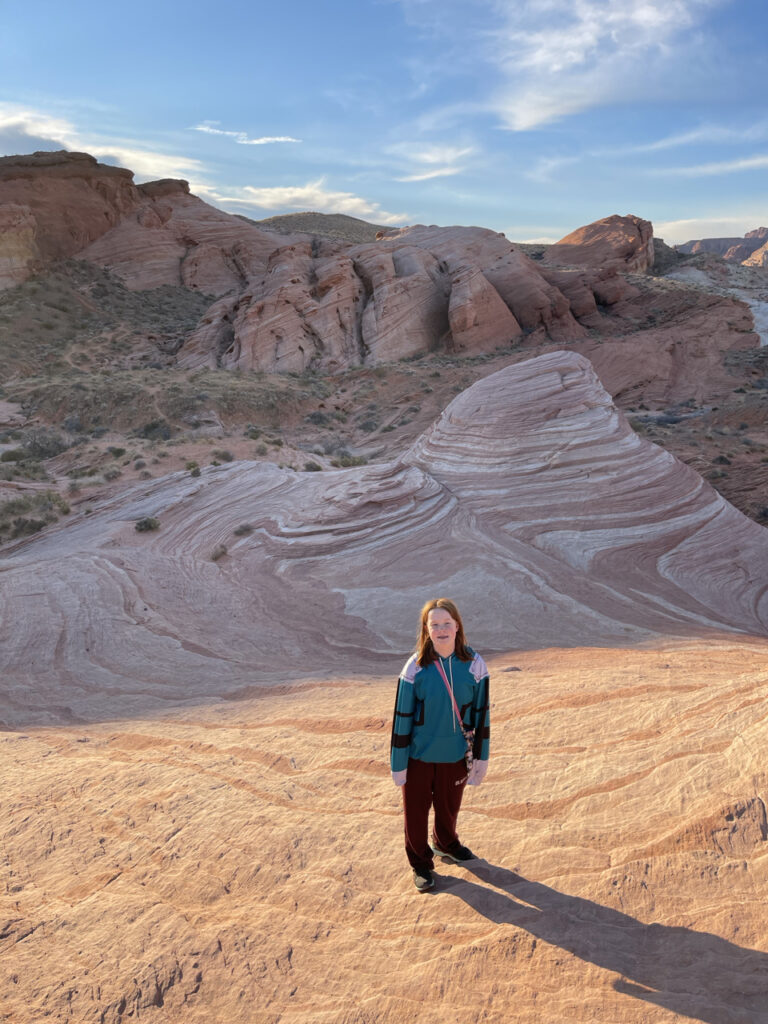
Reminiscent of the landscapes found in Utah, the park offers a spectacle where the sandstone ignites in fiery red hues under the right lighting conditions, creating some of the most stunning photographic opportunities I’ve ever encountered.
Archaeological evidence suggests that early humans inhabited this area for at least 11,000 years, with petroglyphs dating back 2,500 years. The Paiutes were the most recent indigenous inhabitants before Mormon settlers arrived in the nearby Moapa Valley in 1865.
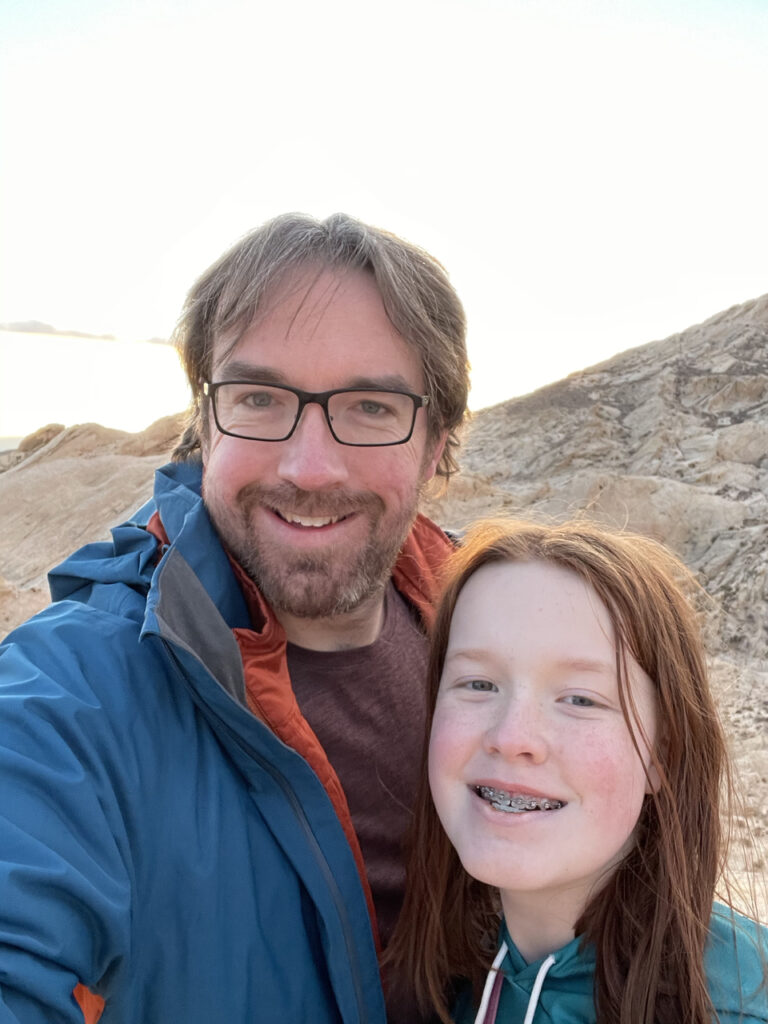
Our base was the nearby town of Overton, home to a few hotels, restaurants, and essential services. The North Shore Inn, where we stayed, seemed the best accommodation in town. Although limited, the local amenities were sufficient for our needs, although anything beyond basic necessities required a trip back to Las Vegas.
Just 20 minutes from the park’s east entrance, we spent three full days exploring its vast landscapes. However, photographers be warned: the park strictly enforces its sunrise-to-sunset hours, which can restrict late-day shoots.

Despite the crowds, especially after the New Year weekend, we found quieter moments in the early mornings. The park’s main thoroughfare, the Valley of Fire Highway, branches off to various scenic points and trails, including Mouse’s Tank Road, which leads to many of the park’s primary attractions.
Our first evening in the park was a rush against time, trying to capture the fading light. We improvised by stopping along an unnamed road and climbing a small rock face, which provided a spectacular if brief, sunset view.
The next day began before dawn, leading us to the Fire Canyon and Silica Dome. The early morning light was magical, and despite the cold, it was a photographer’s dream. Our trek continued to Pastel Canyon and up to the Fire Wave, where we enjoyed a rare, crowd-free experience.
Throughout our stay, we explored various trails and vantage points, constantly adapting to the conditions and the park’s regulations. On our last day, we revisited a favorite spot for another attempt at capturing the elusive perfect light.
One of the trip’s highlights was an impromptu stop during our final sunset, where a spectacular display of red clouds over a desert landscape capped off our visit. This image alone was worth the challenges of chasing the light.
The presence of clouds each day, rare for this region, greatly enhanced our photographic opportunities, making each sunrise and sunset uniquely spectacular.
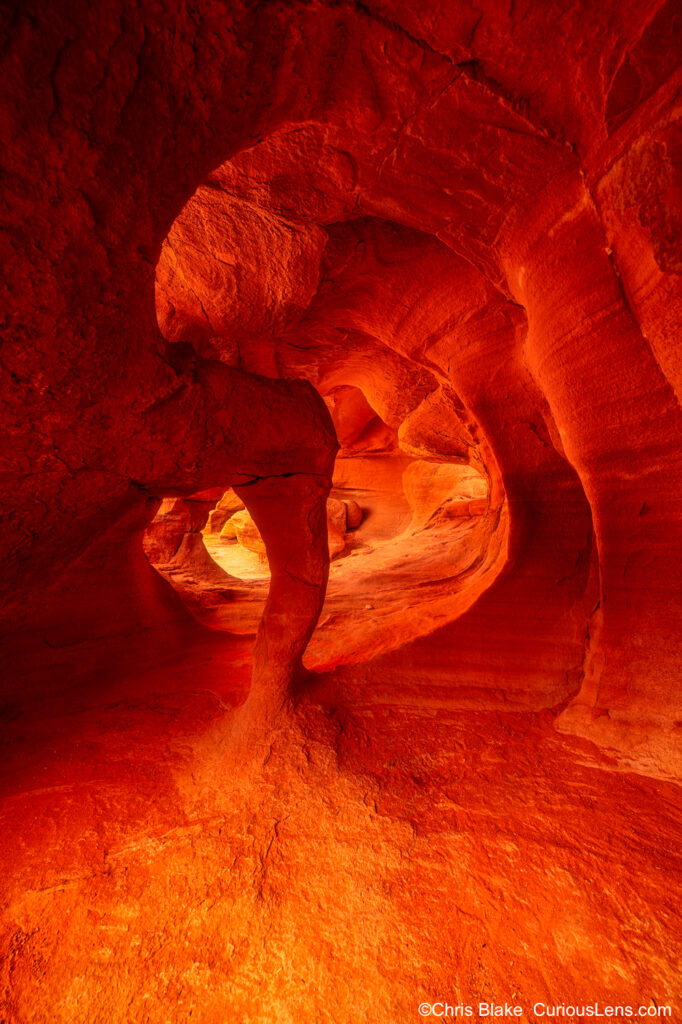
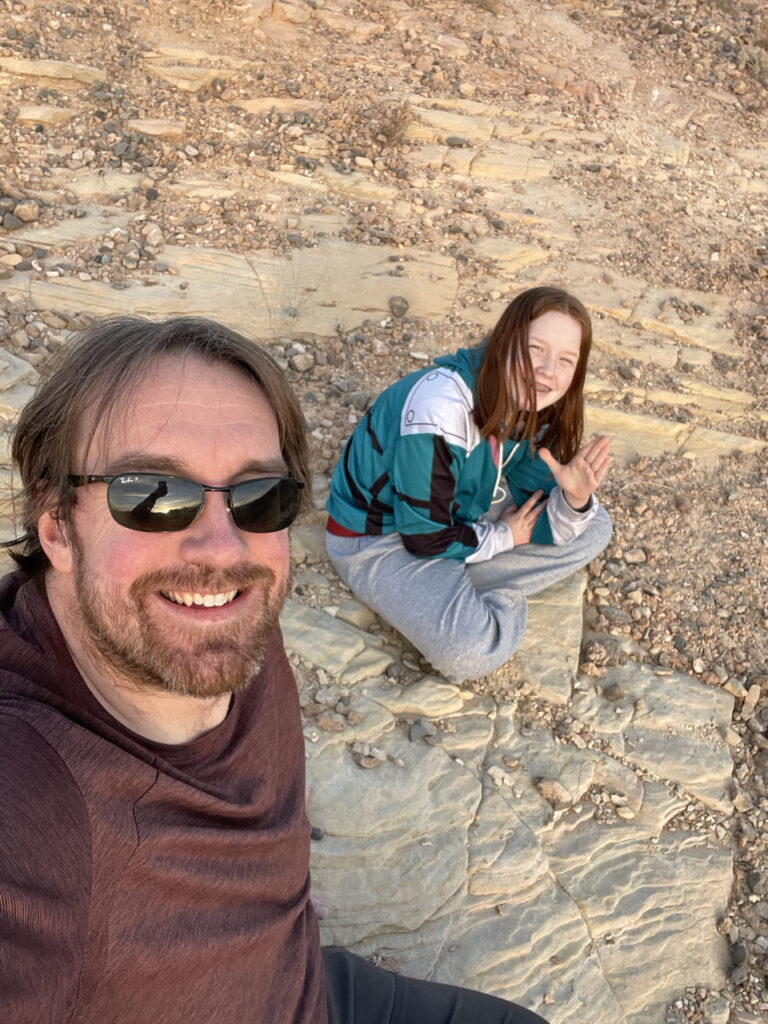
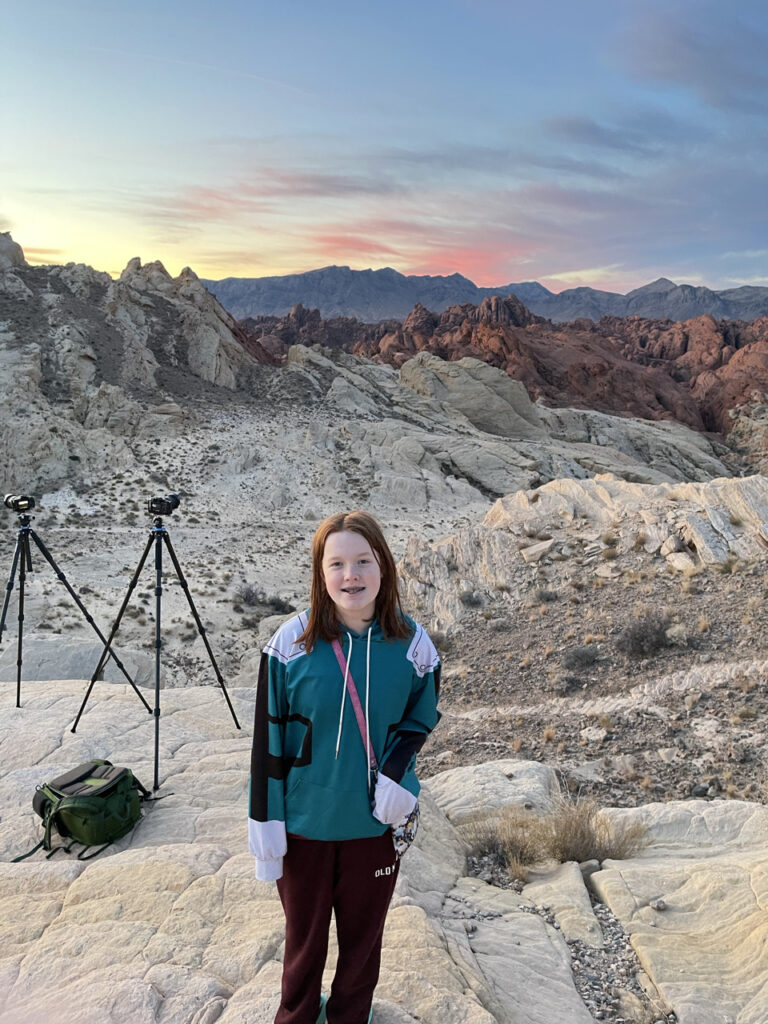
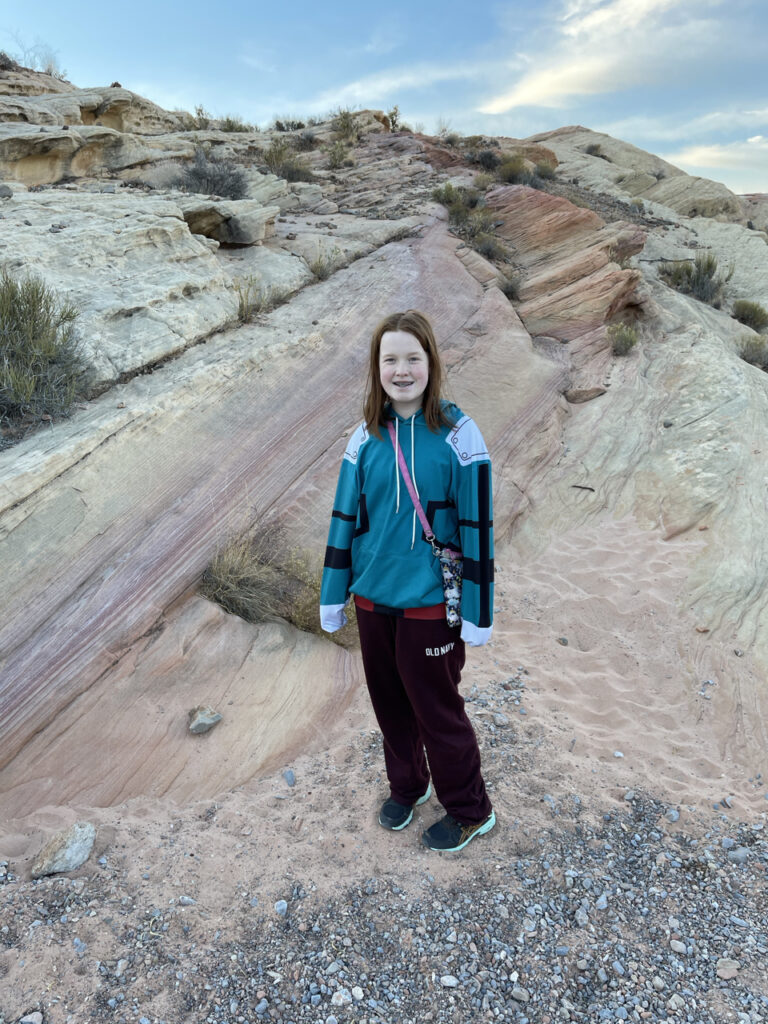
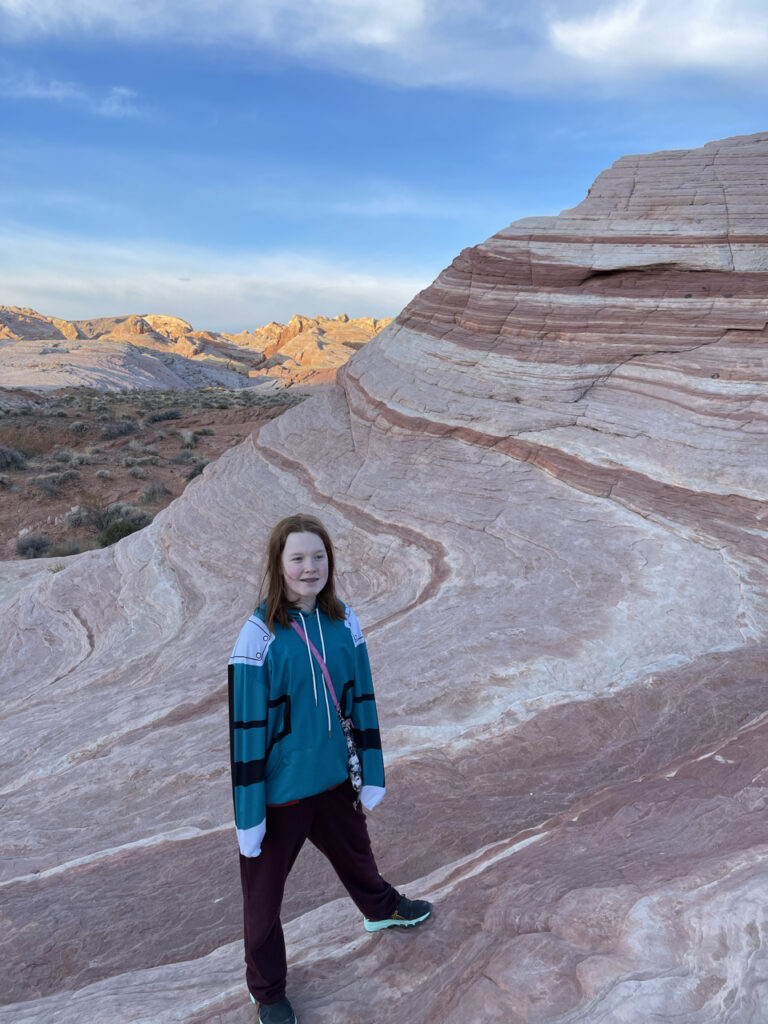

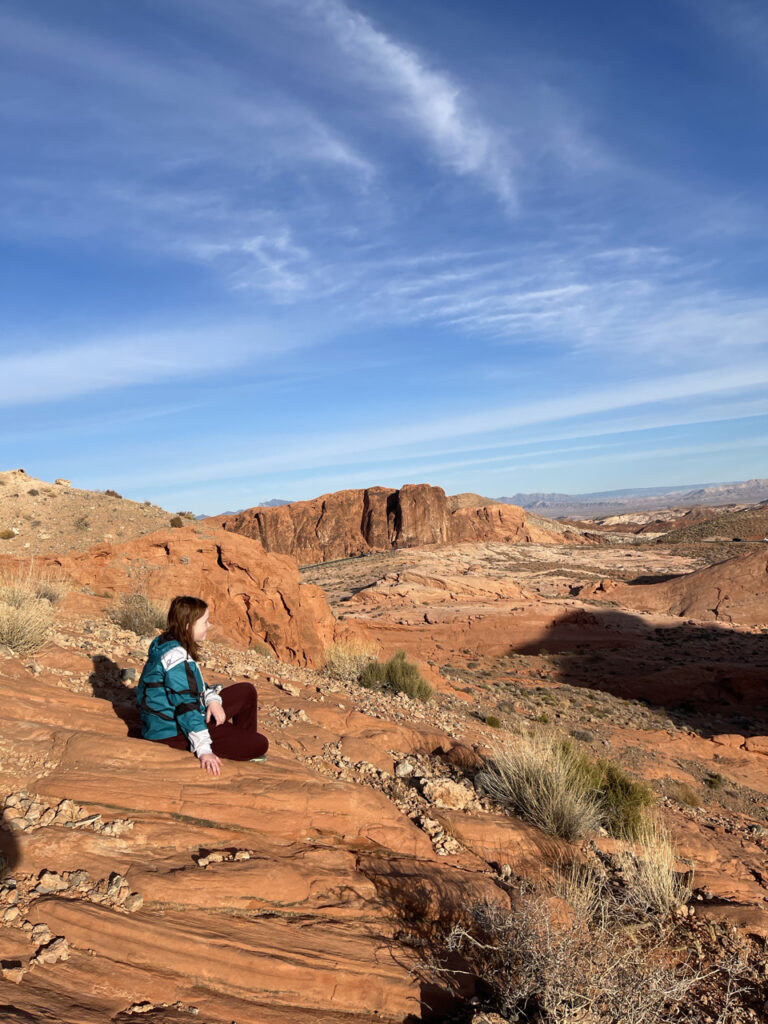
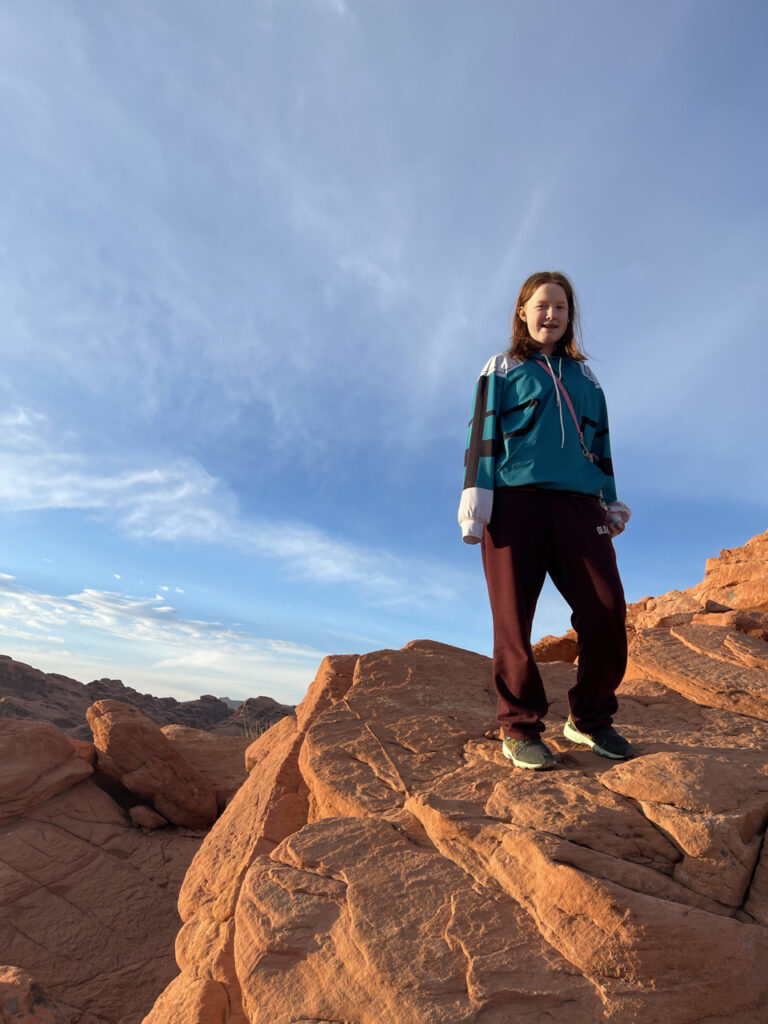
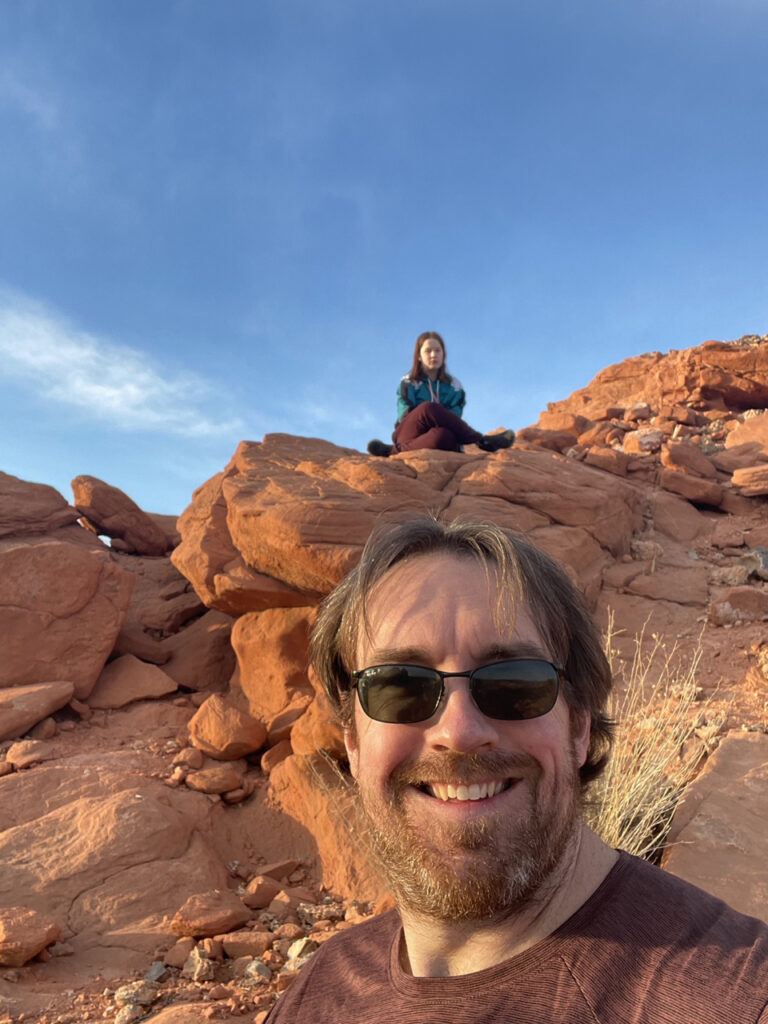
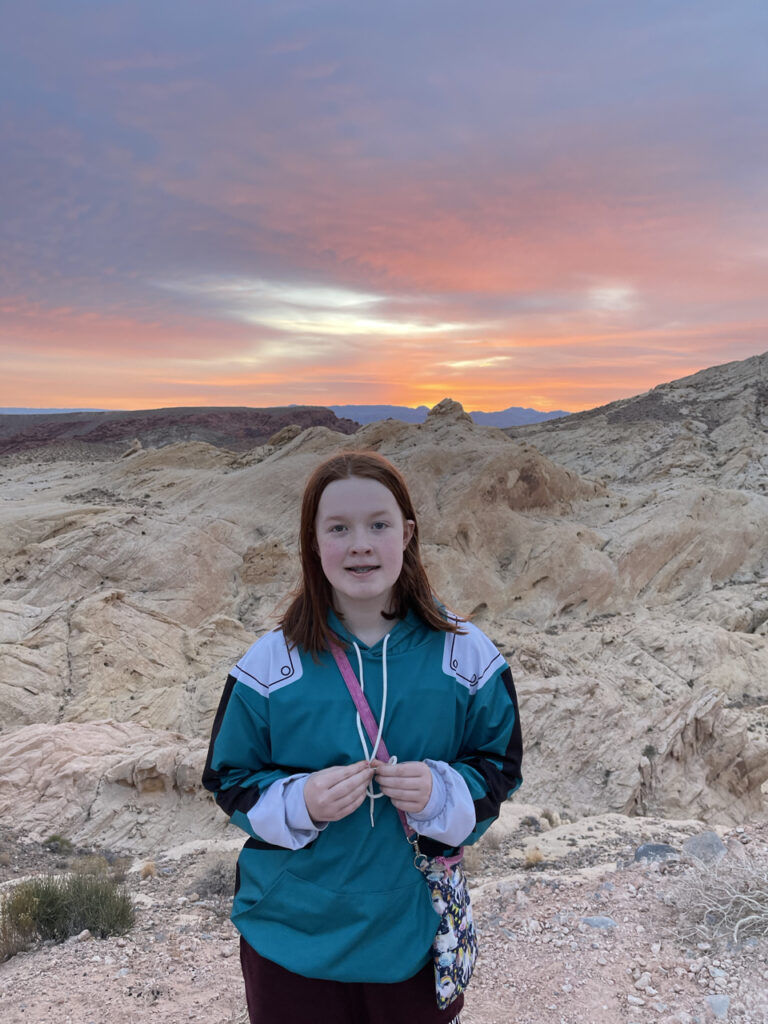
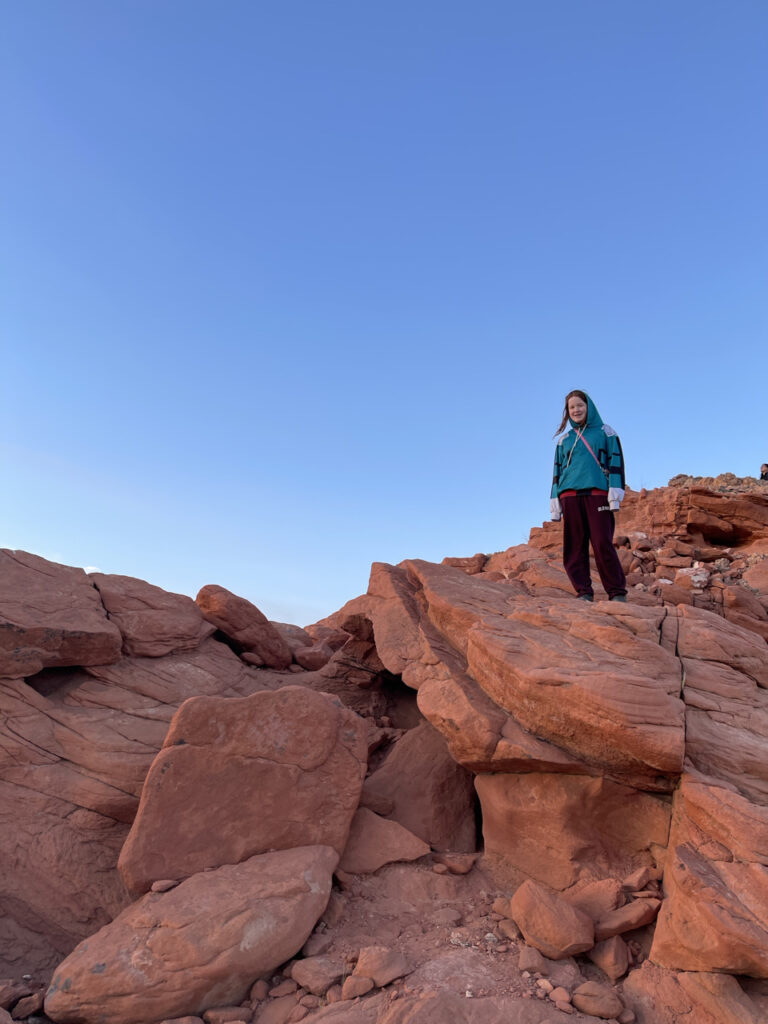
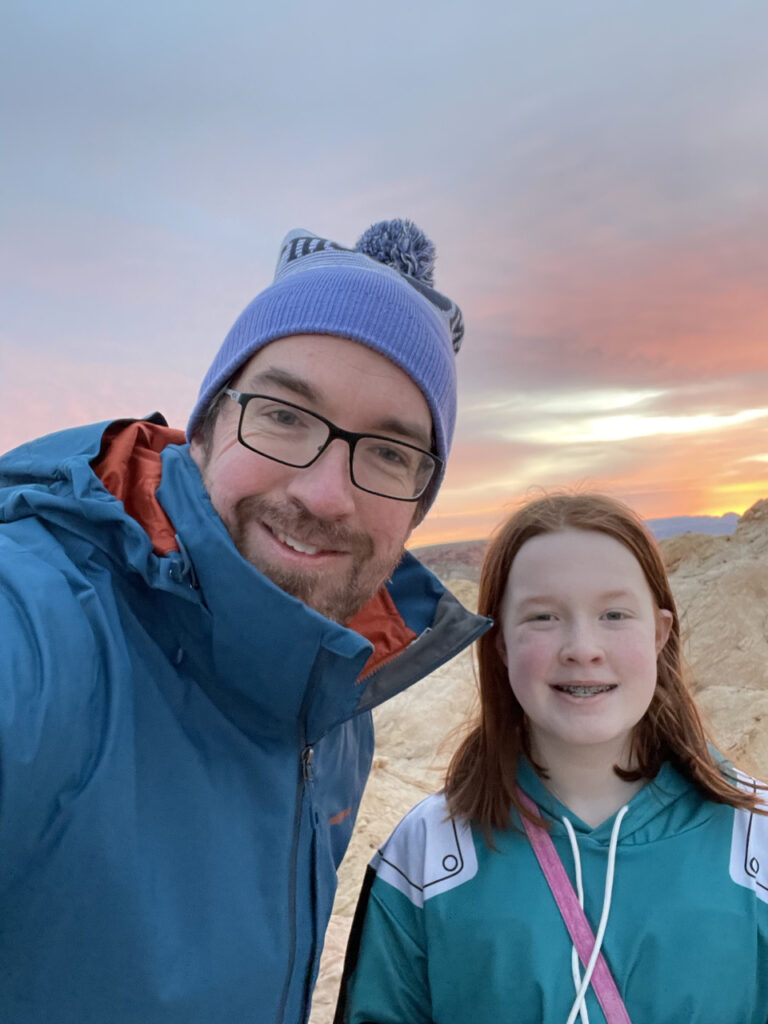
Our visit to the Valley of Fire was not just a photographic journey but a memorable adventure in a landscape rich with history, geology, and vibrant life. Despite the crowds and cold, the absence of snakes was a particular relief for Cami, making the trip even more enjoyable for her.
Our journey concluded with a final night in Las Vegas, reflecting on a fruitful 10-day expedition that promised more returns to this diverse and dramatic landscape.
